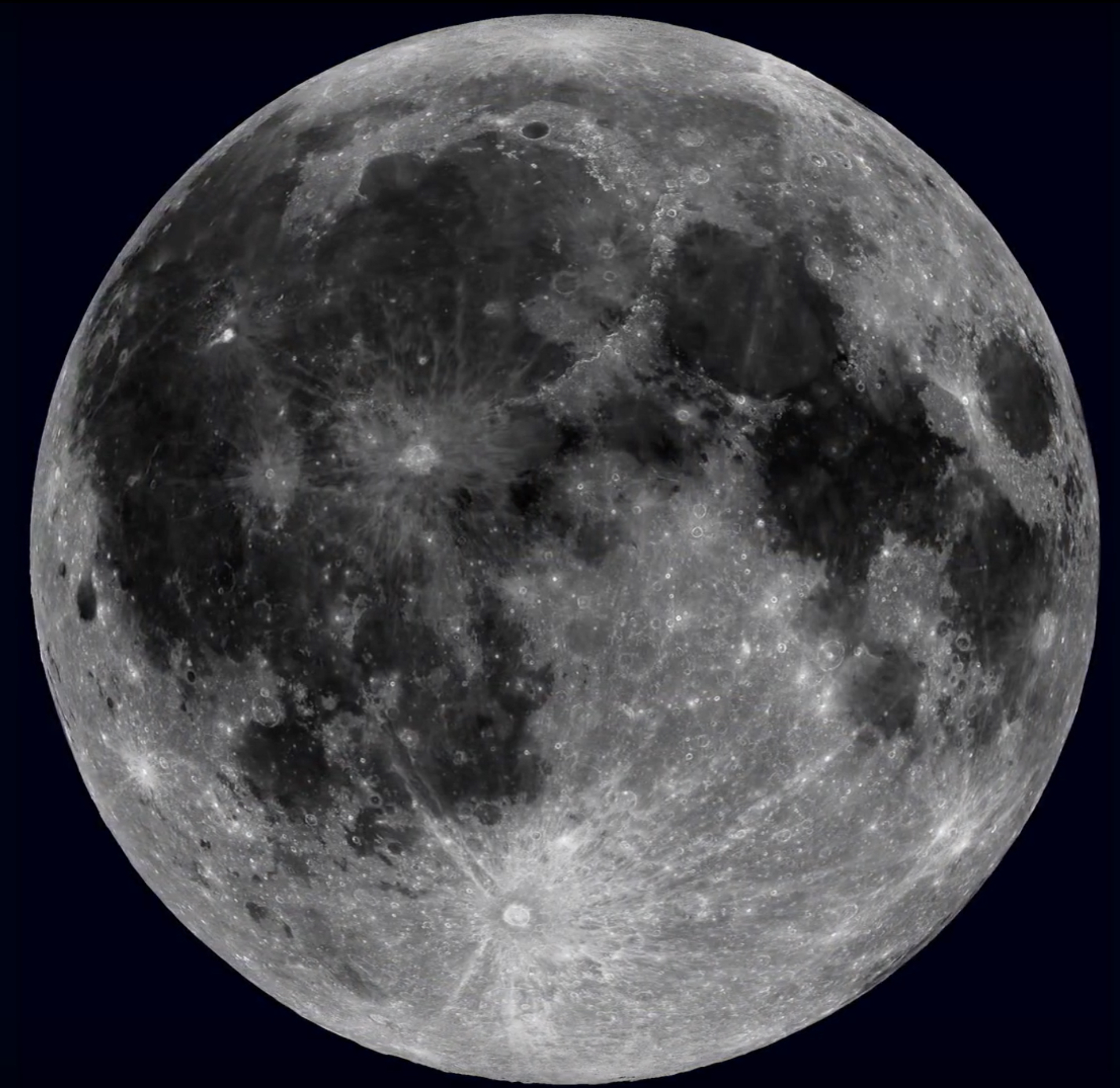
Radiation spewed out by the Sun since the formation of the Moon's crust, was trapped in the lunar soil as a permanent record of solar activity throughout this time. This crust formation, the intense meteorite bombardment occurring afterward, and subsequent lava outpourings are recorded in the rocks. We have learned that a crust formed on the Moon 4.4 billion years ago. The chemical composition of the Moon, derived from studies of lunar rocks, is compatible with this theory of the origin of the Moon. These are pieces of lunar rocks that have been launched off the Moon at >2.4 km/s (lunar escape velocity) during the impact of an asteroid or comet projectile and that have been transported to the Earth, surviving entry through the atmosphere and found as meteorites in hot and cold (i.e. Recent computer models indicate that the Moon could have been formed from the debris resulting from the Earth being struck a glancing blow by a planetary body about the size of Mars. Study of rock and soil samples from the Moon continues to yield useful information about the early history of the Moon, the Earth, and the inner solar system. Nearly 400 samples are distributed each year for research and teaching projects. Having the rock, museum staff say, provides visitors with a unique opportunity to see an 'unadulterated' moon rock the largest one NASA loans out to museums. Many of these rocks that are accounted for have been locked away in storage for decades. A lunar rock, collected during the 1971 Apollo 15 mission, is on loan until mid-August to the UArizona Alfie Norville Gem & Mineral Museum. The lunar sample laboratory is where pristine lunar samples are prepared for shipment to scientists and educators. Of the 270 Apollo 11 Moon rocks and the Apollo 17 Goodwill Moon Rocks that were given to the nations of the world by the Nixon Administration, approximately 180 are unaccounted for. The lunar sample building at Johnson Space Center is the chief repository for the Apollo samples.

In addition, three automated Soviet spacecraft returned important samples totaling 300 grams (approximately 3/4 pound) from three other lunar sites. The six space flights returned 2200 separate samples from six different exploration sites on the Moon. Shiny, black impact-generated glass was splashed on the side.īetween 19 six Apollo missions brought back 382 kilograms (842 pounds) of lunar rocks, core samples, pebbles, sand and dust from the lunar surface. the shoes midfoot rubber is formulated from a rock climbing compound for the best abrasion resistance and long term. Lunar Rocks and Soils from Apollo MissionsĪ one-Kg (2.2 lbs) Apollo 16 breccia rock formed from meteorite impact.


 0 kommentar(er)
0 kommentar(er)
